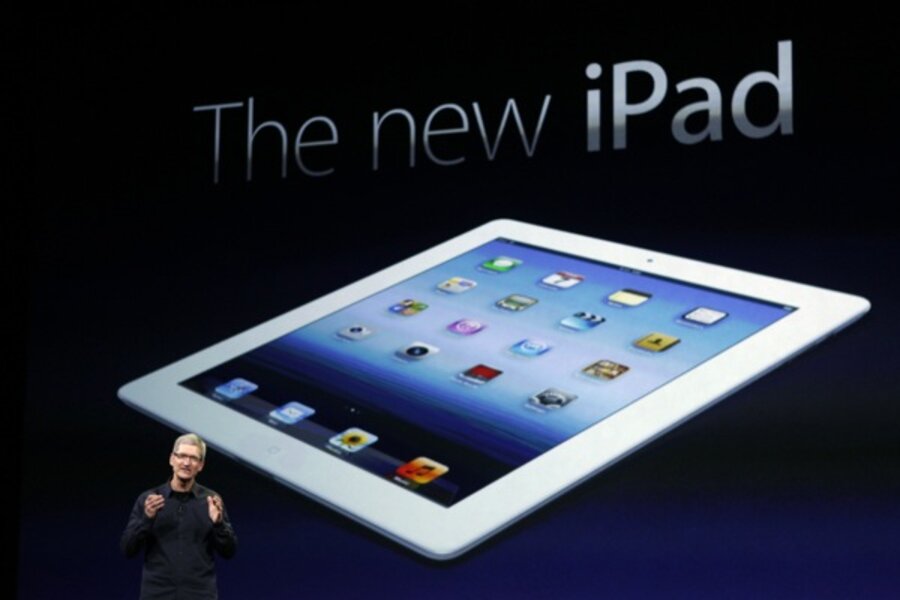The new iPad has a breathtaking screen. Weighing in at 2048 by 1536 pixels, the upcoming iPad boasts 3.1 million, one million more than a 1080p HDTV, which has only 1920 by 1080 pixels.
“The most ever in a mobile device,” says Apple CEO Tim Cook, according to a transcript by Engadget.
In his demonstration of the new screen, Cook showed very high-resolution photos of flowers, beaches, and more. Cook said the new iPad is designed to be held 15 inches from the face, as that makes the pixels indistinguishable to the human eye.
There’s also 40 percent better color saturation than the iPad 2 in this upgrade, according to Apple.
Of course, this is all possible thanks to Apple’s new A5X quad-core processor, allowing for stunning graphics and higher performance overall (the iPad 2 runs on a dual processor).
Demonstrations of games such as Infinity Blade: Dungeons and Sky Gamblers showed much better graphics than the iPad 2 allowed for. The new iPad also has more memory and screen resolution than either the Xbox 360 or the PS3, according to Epic Games president Mike Capps. Of course, those consoles are five years old at this point. Time will tell if gamers make the switch.







